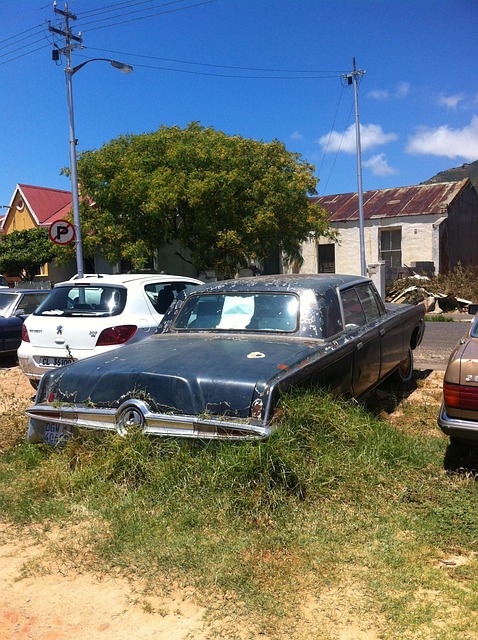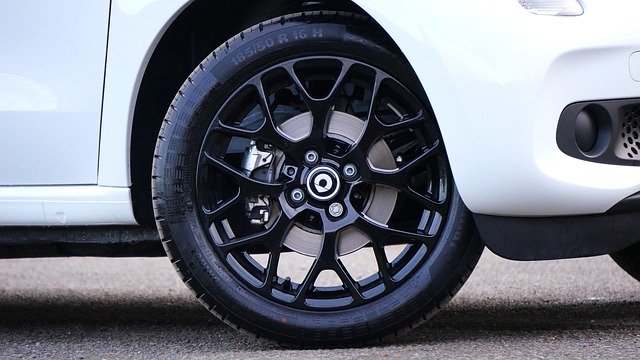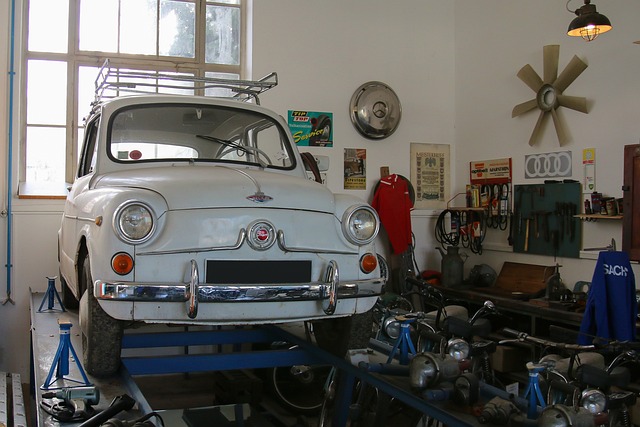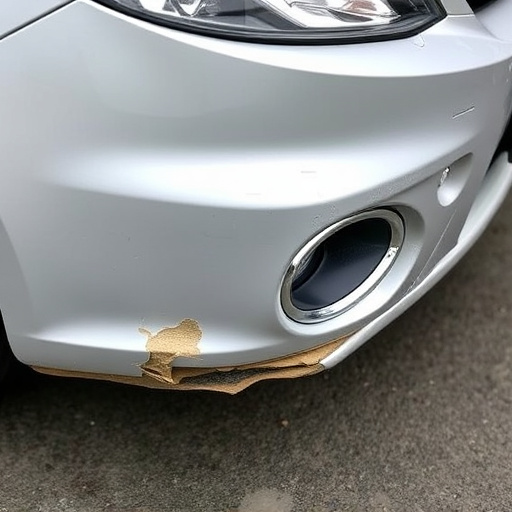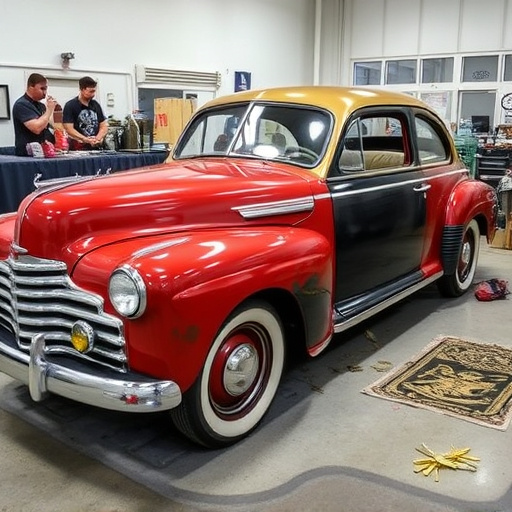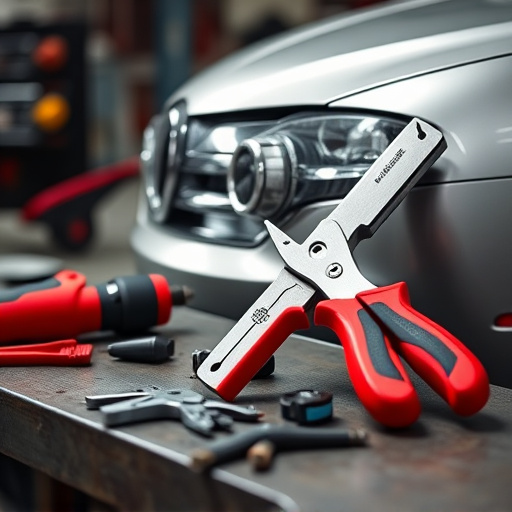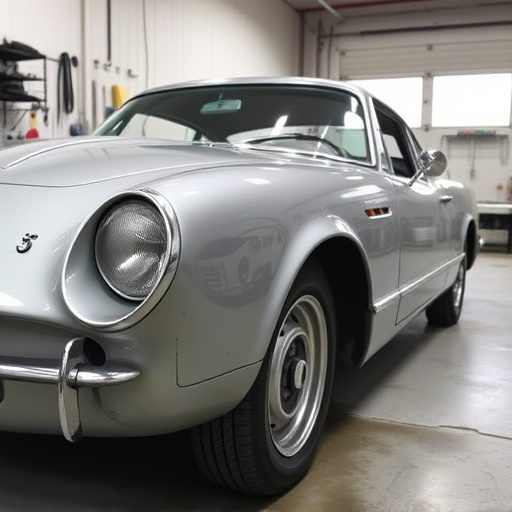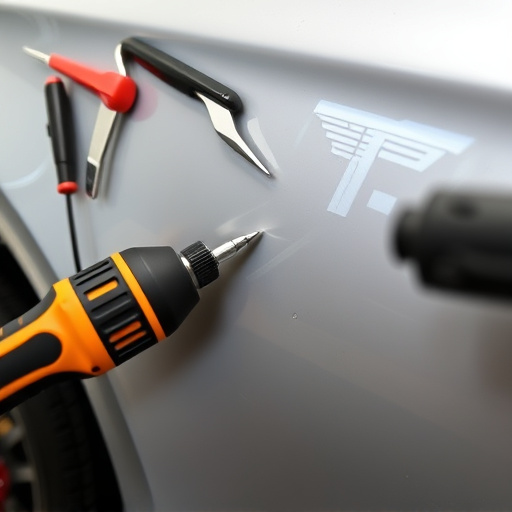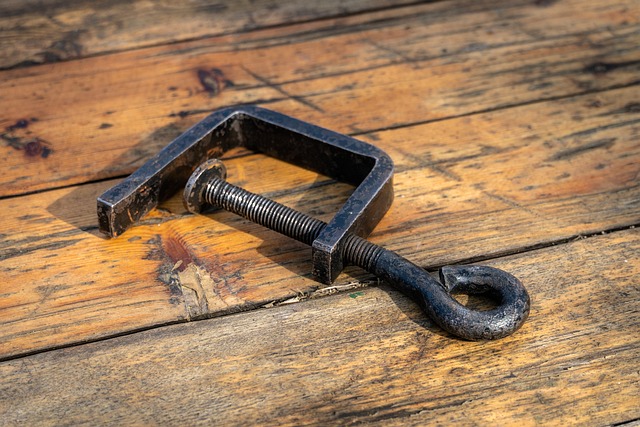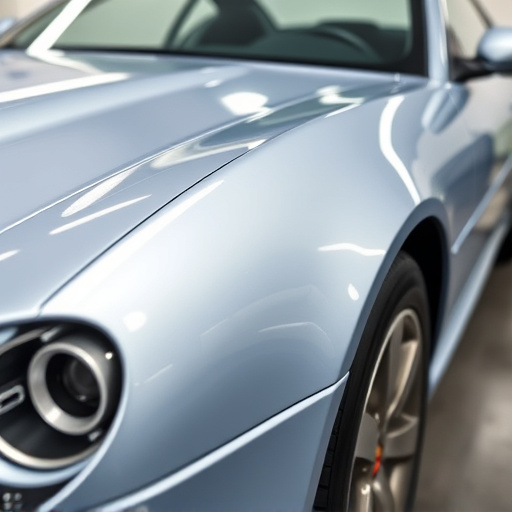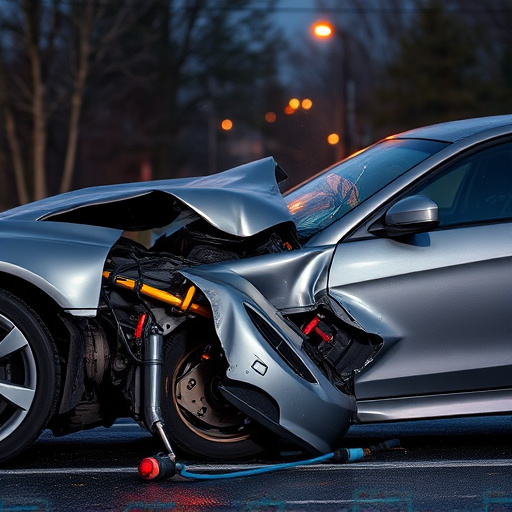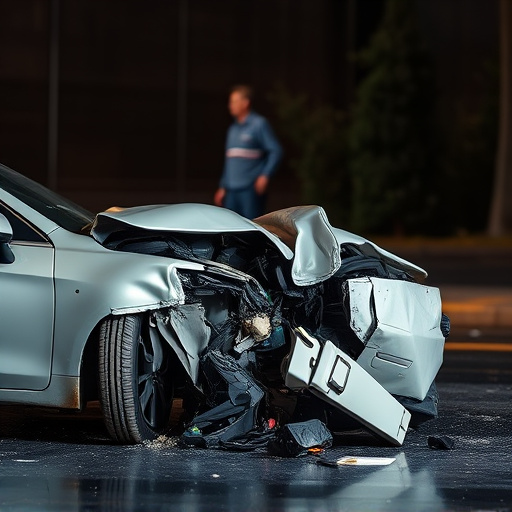Maintaining Advanced Driver Assistance Systems (ADAS) in vehicles requires regular recalibration, especially after modifications or repairs. Auto collision centers can invest in in-house ADAS recalibration equipment for precise, immediate adjustments, reducing customer wait times and ensuring quality control. Alternatively, mobile ADAS recalibration services offer flexibility for dealerships, body shops with limited space, or remote locations, charging per recalibration without upfront costs. The choice depends on facility size, layout, budget, and the volume/type of ADAS systems handled, with both options ensuring system reliability and enhanced driving safety.
“In the realm of advanced driver-assistance systems (ADAS), accurate calibration is paramount. This article delves into the strategic use of in-house and mobile ADAS recalibration equipment, exploring when each approach is most effective. Understanding the nuances of ADAS recalibration is essential for efficient vehicle operations and safety. We examine the distinctive features and applications of these tools, guiding you through factors to consider for making the right choice, ensuring optimal calibration every time.”
- Understanding ADAS Recalibration: When and Why It's Necessary
- In-House vs Mobile Equipment: Features and Applications
- Making the Right Choice: Factors to Consider for Efficient Calibration
Understanding ADAS Recalibration: When and Why It's Necessary
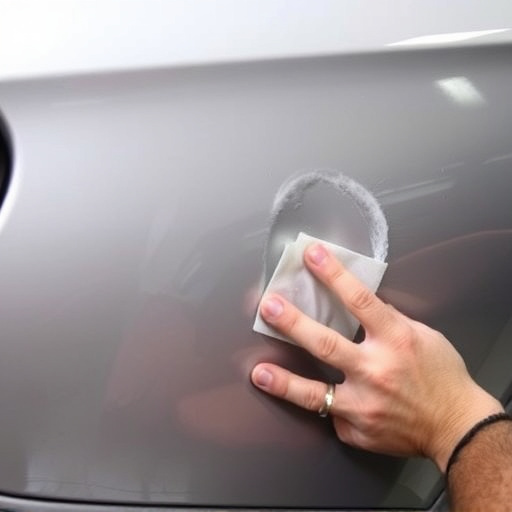
Understanding ADAS Recalibration: When and Why It’s Necessary
Advanced Driver Assistance Systems (ADAS) recalibration is a critical process that ensures these safety features function optimally on a vehicle. ADAS equipment, such as cameras, sensors, and radar, plays a pivotal role in enhancing driving experience by providing functions like adaptive cruise control, lane-keeping assist, and automatic emergency braking. However, these systems require periodic recalibration to maintain accuracy. This becomes particularly necessary after any modifications to the vehicle’s exterior or interior, including body repairs, paint jobs, or component replacements, as they can disrupt the original calibration settings.
Regular ADAS recalibration is essential for maintaining vehicle safety and system reliability. In-house or mobile ADAS recalibration equipment offers flexibility in performing these adjustments, either at a dealership or during on-site vehicle body repair services. Mobile options are especially convenient for fleet operations and businesses that require quick, efficient adjustments without the downtime associated with visits to service centers. For car body restoration or auto bodywork involving complex geometry or material changes, having accurate ADAS recalibration equipment ensures systems like blind spot monitoring and collision avoidance work seamlessly, ultimately contributing to safer driving conditions.
In-House vs Mobile Equipment: Features and Applications
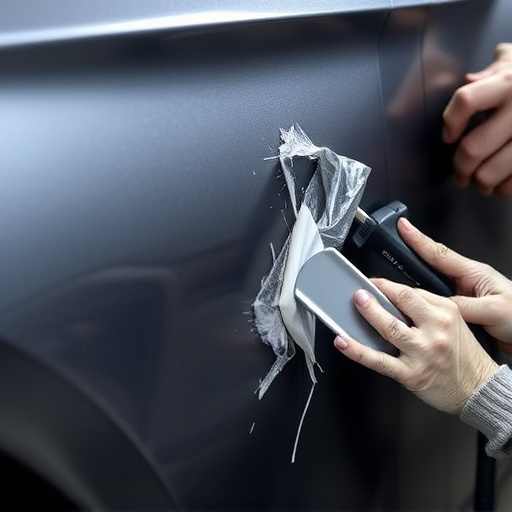
In-house ADAS recalibration equipment is a significant investment for any auto collision center or car body shop looking to offer advanced driver-assistance systems (ADAS) services. These static systems are typically designed for specialized calibration spaces and provide precise adjustments for various sensors, cameras, and radars. In-house equipment allows for immediate service availability, reduces wait times for customers, and ensures quality control over the entire process. Moreover, having this technology on-site can enhance a shop’s reputation as a cutting-edge auto repair facility, attracting tech-savvy clients.
On the other hand, mobile ADAS recalibration equipment offers flexibility to auto repair shops that frequently collaborate with multiple dealerships or work in remote locations. These portable solutions enable technicians to perform calibration services directly at the customer’s site, saving time and transportation costs. Mobile units are ideal for auto body shops specializing in rapid repairs or those serving areas with limited access to specialized facilities. This approach can streamline operations for busy car body shops and ensure that ADAS systems are calibrated accurately even outside traditional settings.
Making the Right Choice: Factors to Consider for Efficient Calibration
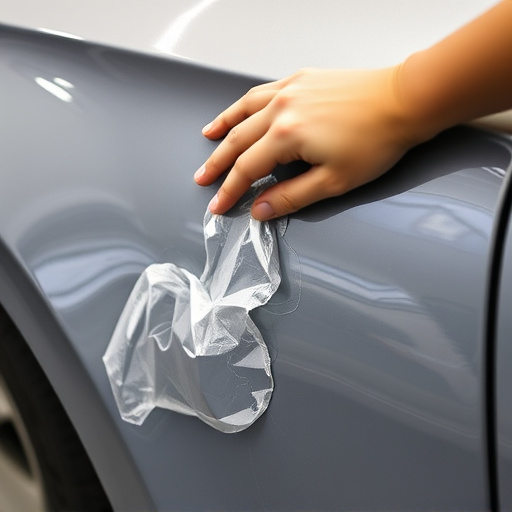
Making the right choice between in-house ADAS recalibration equipment and mobile services is key to efficient calibration. Several factors come into play when determining the optimal approach for your auto repair shop or car bodywork services. The size and layout of your facility are important considerations. If you have ample space and a dedicated area for advanced diagnostics, investing in in-house equipment could be ideal, allowing for quick turnaround times and potentially attracting clients seeking on-site repairs. However, mobile ADAS recalibration offers flexibility, especially for shops with limited space or those providing car restoration services, as it brings the expertise directly to the customer’s location.
Cost-effectiveness is another critical aspect. While initial setup costs for in-house equipment can be high, particularly for specialized tools and training, it may provide long-term savings. Mobile services, on the other hand, charge per recalibration, which can add up over time, especially for frequent calibrations. Yet, mobile options are beneficial for one-off or occasional calibrations, ensuring convenience without a significant upfront investment in car restoration technologies. The type and volume of ADAS systems your shop commonly deals with should guide this decision, as different equipment may be better suited to specific systems.
Choosing between in-house and mobile ADAS recalibration equipment depends on specific needs, budget, and operational requirements. In-house systems offer control and cost savings over time while mobile units provide flexibility and accessibility for on-site calibration. By carefully considering factors like facility space, frequency of calibration, and remote support needs, organizations can select the optimal solution to ensure their ADAS systems operate at peak performance, enhancing safety and efficiency on the road.


